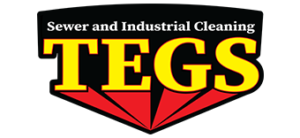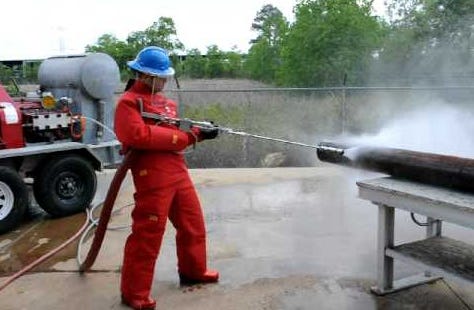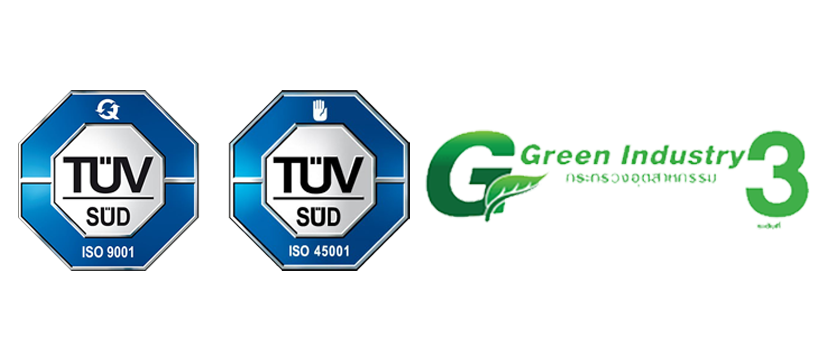What to Know About the Uses and Advantages of Hydroblasting
Hydroblasting, also known as water jetting, is a process that uses high-pressure water to remove paint, rust, grime, and other buildups from a variety of surfaces. It is a popular choice for cleaning industrial equipment, vehicles, buildings, and more because it is effective and safe.
Different Types of Hydroblasting
Hydroblasting is a safe and effective way to clean many different types of surfaces, and it can be used on both indoor and outdoor surfaces. There are three main types of hydroblasting: high-pressure hydroblasting, medium-pressure hydroblasting, and low-pressure hydroblasting.
High-pressure hydroblasting is the most common type of hydroblasting. This type of hydroblasting is often used to remove paint from metal surfaces and clean concrete and brick. It can also be used to remove rust from metal surfaces.
Medium-pressure hydroblasting removes paint from wood surfaces and cleans plastic and glass. Lastly, low-pressure hydroblasting is used to clean carpets and upholstery. It can also remove mould and mildew from surfaces.
The Uses of Hydroblasting
The high-pressure water from hydroblasting can remove contaminants without harming the underlying material. Hydroblasting is also faster and more efficient than traditional methods, such as sandblasting. It can be used on a variety of surfaces, including:
- Concrete
- Fibreglass
- Metal
- Plastic
- Stone
Hydroblasting is fast, efficient, and can reach into tight spaces. If you are looking for a safe and practical way to clean your building, hydroblasting is an excellent option.
The Advantages of Hydroblasting
Hydroblasting is a versatile and effective way to clean various surfaces, and it has several advantages over other cleaning methods.
One of the biggest advantages of hydroblasting is that it is safe and gentle on surfaces. Unlike sandblasting or other abrasive methods of cleaning, hydroblasting will not damage the underlying surface. This makes it ideal for cleaning delicate surfaces, such as marble or glass.
Hydroblasting is also very effective at removing stubborn debris, such as paint, rust, or scale. The high-pressure water can penetrate deep into cracks and crevices to remove even the most stubborn buildup.
The process can also be completed quickly, and it does not require the use of harsh chemicals or solvents. This makes it an ideal choice for cleaning large areas or surfaces that are difficult to reach.
Lastly, hydroblasting is environmentally friendly. The process does not generate any hazardous waste, and the water used in the process can be recycled and reused.
How to Perform Hydroblasting Safely
There are a few safety precautions you should take when hydroblasting:
- Wear proper safety gear. This includes gloves, eye protection, and hearing protection.
- Be aware of your surroundings. Hydroblasting can create a lot of noise and debris. Make sure you are in a safe area away from others.
- Never point the hydroblaster at anyone. The high-pressure stream of water can cause serious injury.
- Keep the hydroblaster moving. Do not hold it in one spot for too long. This can damage the surface you are cleaning.
- Stop hydroblasting if you feel pain or discomfort. This can be a sign that you are holding the hydroblaster too close to your body.
- Follow the manufacturer’s instructions. This will help you use the hydroblaster safely and effectively.
The Bottom Line
There are many reasons to opt for hydroblasting over other methods of cleaning. Hydroblasting is more efficient and is an ideal choice for cleaning sensitive equipment and surfaces.
Do you need a water jet cleaning service? Turn to TEGS Thailand. We pride ourselves on being one of the top industrial cleaning companies in Thailand. Get a quote!





Leave a Reply
Want to join the discussion?Feel free to contribute!